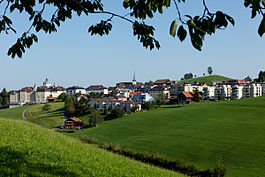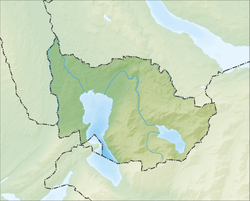
The canton of Zug or Zoug is one of the 26 cantons of Switzerland. It is located in central Switzerland and its capital is Zug. At 239 km2 (92 sq mi) the canton is one of the smallest of the Swiss cantons in terms of area. It is not subdivided into districts, but eleven municipalities.
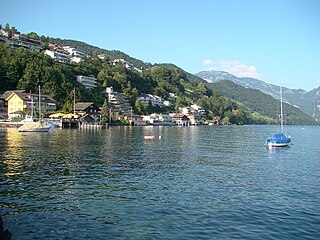
Ennetbürgen is a municipality in the canton of Nidwalden in Switzerland.
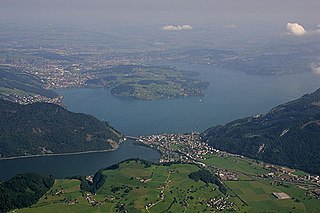
Ennetmoos is a municipality in the canton of Nidwalden in Switzerland.

Küssnacht am Rigi is a village and a district and a municipality in the canton of Schwyz in Switzerland. The municipality consists of three villages Küssnacht, Immensee, and Merlischachen, the hamlet Haltikon, the industrial area Fänn, and the alp Seeboden. It is situated at the north shore of Lake Lucerne and at the south shore of Lake Zug below mount Rigi.

Oberägeri, until 1798 simply known as Ägeri, is a municipality in the canton of Zug in Switzerland.
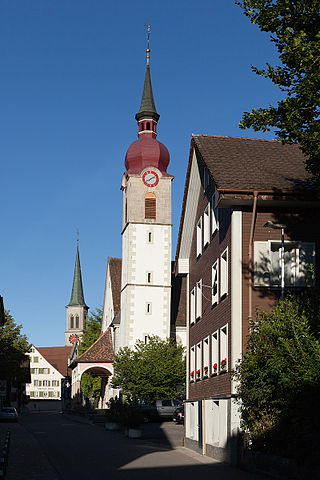
Unterägeri is a municipality in the canton of Zug in Switzerland.

Arth is a village, a town, and a municipality in Schwyz District in the canton of Schwyz in Switzerland.
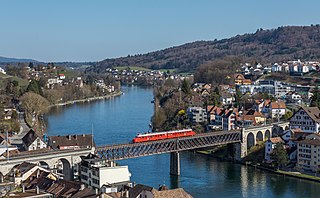
Feuerthalen is a municipality in the district of Andelfingen in the canton of Zürich in Switzerland. Langwiesen also belongs to the same municipality.
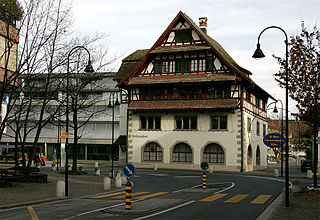
Baar is a municipality in the canton of Zug in Switzerland.

Rothenthurm is a municipality in Schwyz District in the canton of Schwyz in Switzerland.

Hünenberg is a municipality in the canton of Zug in Switzerland.
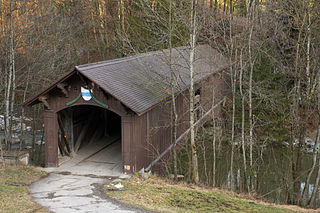
Neuheim is a municipality in the canton of Zug in Switzerland.

Risch is a municipality in the canton of Zug in Switzerland. It is also promoted as Risch-Rotkreuz. Four villages belong to the municipality Risch. On 24 November 2007 it was decided to promote the municipality as Risch-Rotkreuz. The change was made because the village Rotkreuz has become much bigger than Risch.

Steinhausen is a city in the canton of Zug in Switzerland.
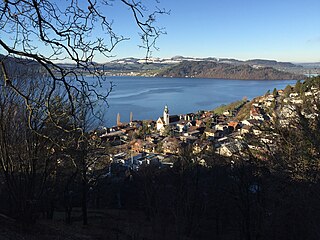
Walchwil is a village and a municipality in the canton of Zug in Switzerland.

Hedingen is a municipality in the district of Affoltern in the canton of Zürich in Switzerland.

Knonau is a municipality in the district of Affoltern in the canton of Zürich in Switzerland.
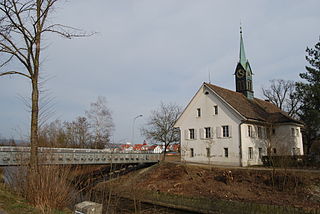
Höri is a municipality in the district of Bülach in the canton of Zürich in Switzerland, and belongs to the Glatt Valley.

Bachs is a municipality in the district of Dielsdorf in the canton of Zürich in Switzerland.
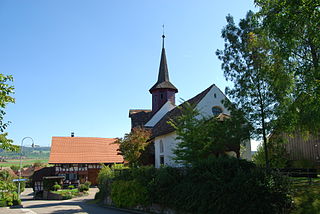
Waltalingen is a former municipality in the district of Andelfingen in the canton of Zürich in Switzerland. On 1 January 2019 the former municipalities of Oberstammheim, Unterstammheim and Waltalingen merged into the new municipality of Stammheim.
